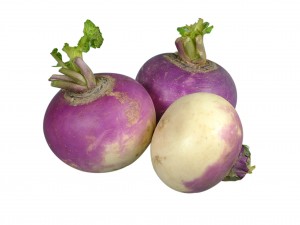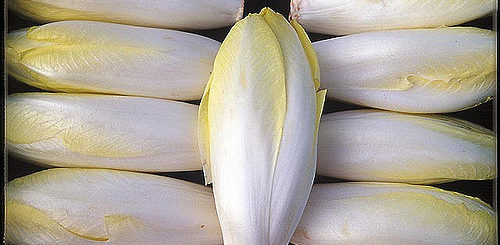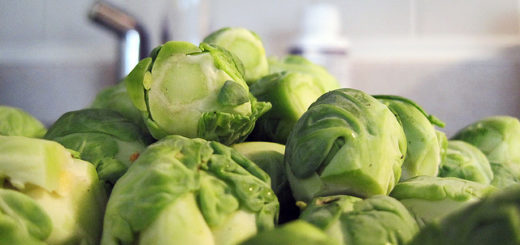Honey
These days, a simple drizzle of honey takes on so much more significance, as researchers are still no closer to knowing why honey bee colonies across the United States are mysteriously vanishing. Known as Colony Collapse Disorder (CCD), the issue is evidenced by eerily deserted colonies. There are no bee carcasses, there are no adult bees. And while food stores remain, the abandoned resources are seemingly unthreatened by poachers such as other bees or hive pests. What has happened to our beloved honey bee?
The average price of honey has certainly responded to such a drastic decrease in supply. According to the U.S. Department of Agriculture, from 1980-2002, U.S. honey production averaged around 200 million pounds per year. Then in 2007, it dropped to 148 million pounds. To further illustrate, the average price for a pound of honey in 2004 was $3.76. In 2007, it was $4.13, a 10% increase. By contrast, the price of milk decreased 8% over the same time period, from $3.57 in 2004 to $3.27 in 2007.
Regardless, honey continues to be a sticky treat…drizzled over thick, creamy yogurt; swirled into hot tea, slathered with peanut butter over a thick slice of white bread. There are over 300 varietals of honey, all of which differ depending on the kind of blossoms visited by honey bees. The most common might be clover and orange blossom, but there is also purple sage, snowberry, cranberry and tupelo.
- Alfalfa: Major floral source for honey produced in most of hte western states. Alfalfa honey is white or very faintly amber in color with a mild flavor.
- Buckwheat: Darker honey with a rich, full-bodied taste. Buckwheat prefers the Northeast climate, thriving in Minnesota, New York, Ohio, Pennsylvania and Wisconsin.
- Clovers: The predominant honey plant in the United States and especially important to the Dakotas. Depending on the location and the type of clover, this honey varies in color from white to extra light amber and has a mild, delicate flavor.
- Orange Blossom: Light taste kissed with citrus. Hails from the sunny climates of Florida, Texas, Arizona and California and is either water white in color or extra light amber.
- Tulip Poplar: Produced from southern New England to southern Michigan and south to the gulf states east of the Mississippi. This honey is dark amber in color.
Honey can also be enjoyed in several forms. Comb honey is the edible wax comb built by bees. Liquid honey is free of visible crystals, and is extracted from comb honey via centrifugal force, gravity or straining. Spun honey is finely crystallized, all the better for even spreading over peanut butter.
When storing honey, it’s best to keep the plastic bear at room temperature. Refrigeration speeds up crystalization, resulting in chunky, uneven honey. However, if the honey does happen to crystalize, simply remove the lid from the container and place in warm water until the crystals dissolve. If that doesn’t work, microwave the honey a cup at a time in a microwave-safe container on high for 2 to 3 minutes, or until crystals dissolve, stirring every 30 seconds.
.taste
broiled bananas with honey
chocolate truffles
honey mayonnaise fruit dip
oatmeal pie
panna cotta with berries




Recent Comments